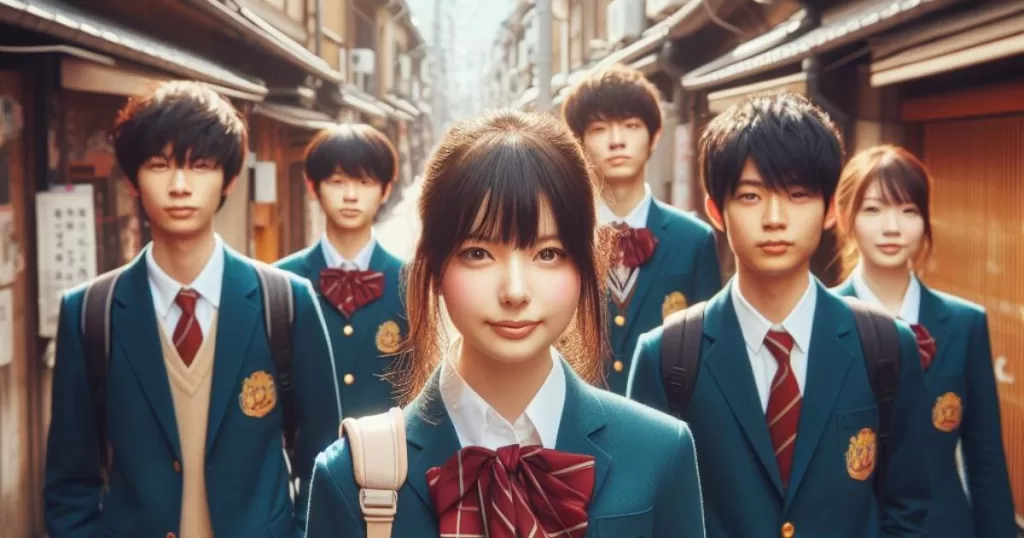How Japan’s Elite Like Actor Ken Watanabe ‘Buy’ Their Children Top School Spots
In Japan’s high-stakes education system, the elite start preparing their children for academic triumph practically from birth. For the upper crust, education is not just about learning but about gaining entry to the right schools that put students on the path to power and privilege.

The first and most crucial step is getting into an elite kindergarten attached to a top feeder elementary school. Competition is fierce, with some Tokyo kindergartens receiving up to 10 applicants per slot. That’s because in Japan, the school year starts in April, so parents try to conceive children with April 1st birthdays to give them the maximum age advantage for kindergarten entry the following year.
Unlike in many other countries, Japan’s school cutoff is April 1st rather than late summer like in the USA. The relatively older children in class are believed to become leaders whom the younger students imitate and learn from.
The top kindergartens focus intensely on socialization, emotional intelligence, focus and discipline. Children might attend classes in etiquette, public speaking, and even financial literacy. Of course, academics are a core part, with many kindergartners staying at school until 6 pm for special study time. Parents are expected to invest hours assisting teachers behind-the-scenes. After-school juku (cram school) starts early too.
The pressure ramps up in elementary school, where the workload is heavy even by Japanese standards. But at elite schools like the elementary affiliated with Keio University, over 90% of graduates advance to Keio’s top ranked junior high and high schools. Attending this “escalator school” virtually guarantees entry to Japan’s most prestigious university – a ticket to the corridors of power.
Other top Tokyo elementary schools that feed graduates into famous private junior high/high schools include Gakushuin and Hibiya.
For families seeking an alternative to Japan’s high-pressure hothouses, many gravitate towards international schools. Some Japanese parents appreciate the greater emphasis on arts, sports, and creativity. International schools generally eschew cramming for tests and fosters broader life skills and independent thinking.
That’s one reason why Columbia International School, Canadian Academy, and The Montessori School of Tokyo have become hugely popular with affluent local families. Such schools offer elite credentials – an international diploma and English fluency – while promoting a more holistic development. The hefty price tag of around 3 million yen per year is no deterrent to those seeking the best for their children.
As one Japanese mother who sent her kids to the Open Academy of Japan commented, Getting into Japanese University takes incredible smarts and discipline. Going to international schools doesn’t preclude a top university here, but offers a less narrow path where children discover their unique talents.
Indeed, international schools are now coveted even by Japan’s biggest celebrities. Accomplished actor Ken Watanabe’s daughter attended a top Canadian academy in Tokyo, while pop idol Kazuya Kamenashi’s son goes to the American School. As the stigma around international education declines, such schools will likely continue enlightening new generations of Japan’s elite.
The jousting for spots in elite Japanese institutions may seem excessive to outsiders. Yet to Japan’s top tier, getting the right school badge shapes not just a child’s future but the entire family’s place in society. Parents dedicate time, energy and fortune to winning this high-stakes game. For the upper crust, education is the surest path to preserving status across generations. As the proverb says, Fall seven times, stand up eight.